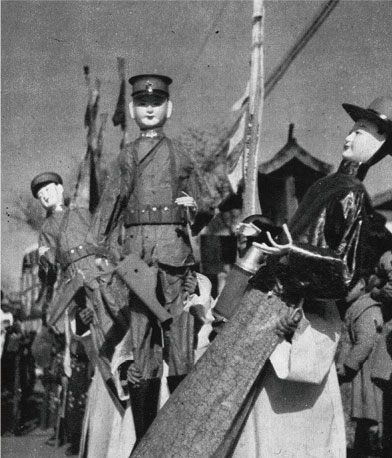古代丧葬仪式恪守森严的等级制度,繁简不一。最隆重的当属皇帝。民间则相对简单很多。人去世了,就要装殓进棺材,这叫入殓。入殓前,丧家要向至亲报丧,让至亲来看一眼仪容。
In ancient, the funeral rite should strictly obey hierarchy system but not unify in complexity and simplity. The funeral of Emperor was the most grand at that time. But the folk funeral was relatively simple. When someone died, he or she would be put on grave clothes and laid in coffin. The family should give an obituary notice to relatives and invite them to see off before encoffining.

Putting in coffin

Giving obituary notice,
Dressing funeral
clothing

Seeing off for passed -
away third day

Breaking crock

Funeral,Carrying out
the coffin

Carrying a coffin to the
cemetery,Starting for
cemetery